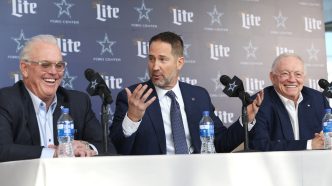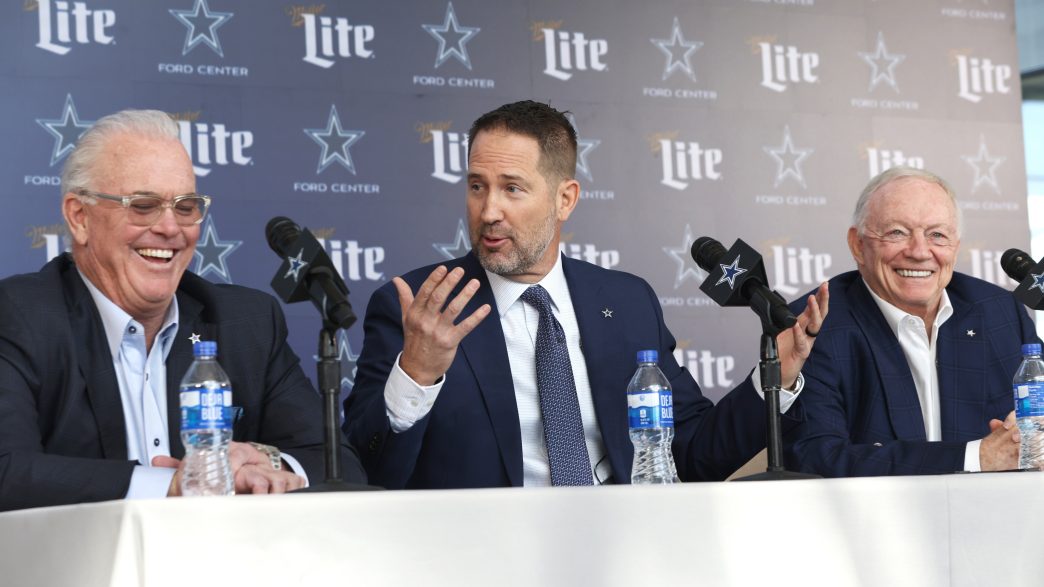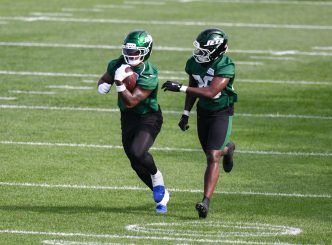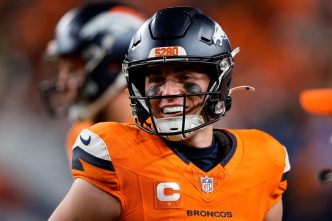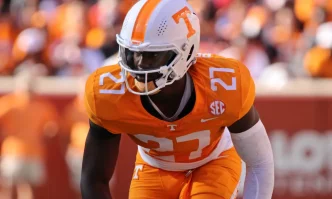The Dallas Cowboys, long dubbed “America’s Team,” have solidified their position as the most valuable sports franchise in the world, with their valuation nearly doubling from $5.5 billion in 2020 to as high as $11 billion in 2024. According to Forbes, Sportico, and CNBC, the Cowboys’ worth has soared to $10.1 billion, $10.32 billion, and $11 billion, respectively, making them the first sports team to surpass the $10 billion mark. This remarkable financial ascent, representing nearly 100% growth in just five years, is all the more striking given the team’s lackluster postseason performance, with no Super Bowl appearances since 1995 and only three playoff wins in the last decade.
A Financial Juggernaut Defying On-Field Results
Since 2020, the Cowboys’ valuation has followed a steep upward trajectory:
- 2020: $5.5 billion (Forbes)
- 2021: $5.7 billion (Forbes)
- 2022: $8.0 billion (Forbes)
- 2023: $9.0 billion (Forbes)
- 2024: $10.1 billion to $11 billion (Forbes, Sportico, CNBC)
This growth occurred despite a 2020 season where the Cowboys finished 6-10, missing the playoffs, and subsequent years marked by consistent regular-season success—12 wins in each of 2021, 2022, and 2023—but repeated postseason disappointments. In 2024, the team stumbled to a 7-10 record, missing the playoffs again under head coach Mike McCarthy. Yet, the Cowboys’ financial dominance remains unchallenged, driven by factors far beyond their win-loss record.
Revenue Streams Fueling the Rise
The Cowboys’ financial success is rooted in their unparalleled ability to generate revenue, estimated at $1.2 billion annually in 2023 by CNBC. This figure dwarfs most NFL franchises and is bolstered by lucrative sponsorship deals, including $250 million per year from partnerships with brands like AT&T, which also sponsors their state-of-the-art AT&T Stadium. The stadium itself, a $1.3 billion architectural marvel, hosts concerts, college football, and other events, creating a steady income stream unrelated to NFL games.
The team’s global brand, cultivated through decades of marketing and media exposure, continues to attract fans worldwide. Despite their postseason drought, the Cowboys remain a ratings powerhouse, with games consistently drawing massive television audiences. The NFL’s escalating media rights deals, including a $110 billion agreement with networks through 2033, have further boosted franchise values league-wide, but the Cowboys benefit disproportionately due to their popularity.
Merchandise sales also play a significant role. The Cowboys’ star logo is a cultural icon, and their jerseys, hats, and memorabilia generate tens of millions annually. Posts on X have noted the team’s marketability, with one user stating, “Cowboys haven’t won a Super Bowl in 30 years, but their brand is worth $10.32 billion. That’s America’s Team.”
Jerry Jones’ Business Acumen
Owner Jerry Jones, who purchased the Cowboys for $140 million in 1989, deserves much of the credit for this financial empire. His aggressive approach to sponsorships, stadium revenue, and branding has transformed the Cowboys into a business juggernaut. Jones’ decision to opt out of the NFL’s shared merchandise revenue pool in the 1990s allowed the Cowboys to keep more profits, a move that continues to pay dividends. His foresight in building AT&T Stadium, often called the “Jerry World,” created a venue that generates revenue year-round, unlike traditional NFL stadiums.
Jones’ business savvy has insulated the Cowboys from their on-field shortcomings. While fans and analysts, including ESPN’s Stephen A. Smith, have criticized Jones for prioritizing profit over championships, the numbers tell a different story: the Cowboys’ valuation has grown faster than most NFL teams, even those with recent Super Bowl titles.
Why Performance Doesn’t Matter
The Cowboys’ valuation boom highlights a broader trend in sports economics: franchise value is increasingly decoupled from on-field success. The NFL’s revenue-sharing model, combined with guaranteed media contracts, ensures financial stability for all teams, but the Cowboys amplify this through their unique brand equity. Their fanbase, spanning generations and continents, remains loyal despite playoff losses, as evidenced by packed stadiums and record-breaking TV ratings.
The addition of high-profile players like Dak Prescott, who signed a $240 million extension in 2024, and CeeDee Lamb keeps the team competitive and marketable, even if Super Bowl glory eludes them. The Cowboys’ social media presence, with millions of followers, further cements their cultural relevance, driving sponsorships and merchandise sales.
Looking Ahead
As the Cowboys’ valuation approaches $11 billion, questions linger about their future. Fans on X express frustration, with one user noting, “$10 billion team, and we can’t get past the divisional round?” Yet, the financial trajectory suggests no slowdown. The NFL’s global expansion efforts, including games in London and potential new media deals, could push the Cowboys’ value even higher. Plans for a $350 million renovation of AT&T Stadium, announced in 2024, signal Jones’ continued investment in the brand.
For now, the Cowboys remain a paradox: a team criticized for underachieving on the field but unrivaled in the boardroom. Their valuation doubling since 2020, despite poor playoff performance, underscores the power of their brand and the NFL’s economic machine. As long as fans keep watching, buying, and believing in America’s Team, the Cowboys’ financial reign seems untouchable, Super Bowl or not.

